 Abraham Lincoln
If given the truth, the people can be depended upon to meet any national crisis...
Abraham Lincoln
If given the truth, the people can be depended upon to meet any national crisis...
 Guildford news...
for Guildford people, brought to you by Guildford reporters - Guildford's own news service
Guildford news...
for Guildford people, brought to you by Guildford reporters - Guildford's own news service
Wild Surrey: Lunch at The Ivy
Published on: 10 Dec, 2023
Updated on: 10 Dec, 2023
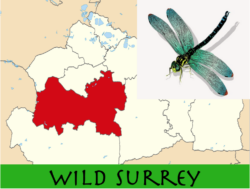 Notes from a wildlife enthusiast.
Notes from a wildlife enthusiast.
Harry Eve lives in East Horsley and is a keen naturalist. He has managed his garden as a habitat for wildlife for 30 years. It has been colonised by a number of rare and attractive bees, butterflies and other insects as well as being home to some interesting larger creatures and wildflowers. He advises East Horsley Parish Council on the management of Wellington Meadow and campaigns to conserve our local wildlife.
By Harry Eve
As summer ended there was one last big annual celebration to attend that stretched into autumn.
It is the time when ivy bursts into bloom providing a wonderful source of nectar when most other flowers are dying off and flying insects are running short of places to refuel.
My wildlife garden has plenty of flowering ivy and here are some of the customers that dropped by this year:
The ivy bee is a recent arrival first recorded in the UK a little over 20 years ago. It has become very common in the rural parts of Guildford.
I am told that this buff-tailed bumblebee is a male. Apparently, this species can now have active nests throughout the winter in southern Britain and, locally, it is the first one that I find in the early months of the year.
Blood bees are “cleptoparasites” taking over the larval food supply of certain solitary bees that nest in the ground. They kill the host egg or larva so it is a case of robbery with violence. There are many species and they are not easy to tell apart. Finding these can indicate a healthy population of the host species.
The hornet plumehorn (a recent English name given to the large hoverfly Volucella zonaria) lays its eggs in the nests of wasps and hornets. It used to be very rare in the UK but it began to spread in the last few years of the 20th century. You are also likely to find them in the Summer visiting various flowers that produce plenty of nectar.
The golden longhorn is a rarely-seen hoverfly but I am fortunate to see one every few years here. They spend most of their early stages and, probably, much of their adult life high up in old trees. They descend to visit flowers.
Plants like field scabious (the wild species – not the fancy varieties that you can buy) and teasel seem to be preferred and ivy for those that survive into September. In one of the photos, you should be able to spot an egg of the holly blue butterfly.
The European hornet is another species that has increased its range considerably and this seems likely to be due to our warming climate. I find them to be much more docile than the more familiar social wasps.
Recent Articles
- Notice: Rosamund Community Garden
- Village School Set to Close Due to Falling Birth Rate
- Letter: Waverley’s Management of CIL Money Is Morally Questionable
- Dragon Interview: MP Hopes Thames Water Fine Will Be ‘Final Nail in Its Coffin’
- Conservative Claims on Use of CIL Payments ‘Political Theatre’ Say Lib Dems
- Thames Water Faces £122 Million Penalty Following Ofwat Inquiry
- New Knife Crime Strategy for Surrey Announced
- Public Asked for Views on SCC’s Proposal for Reduced Speed Limits
- Guildford Healthcare Staff Celebrated for Transformative Mental Health Support
- Will the Government Help Save Community Pubs? Asks Surrey MP


Search in Site
Media Gallery
Dragon Interview: Local Artist Leaves Her Mark At One of England’s Most Historic Buildings
January 21, 2023 / No Comment / Read MoreDragon Interview: Lib Dem Planning Chair: ‘Current Policy Doesn’t Work for Local People’
January 19, 2023 / No Comment / Read MoreA3 Tunnel in Guildford ‘Necessary’ for New Homes, Says Guildford’s MP
January 10, 2023 / No Comment / Read More‘Madness’ for London Road Scheme to Go Ahead Against ‘Huge Opposition’, Says SCC Leader
January 6, 2023 / No Comment / Read MoreCouncillor’s Son Starts Campaign for More Consultation on North Street Plan
December 30, 2022 / No Comment / Read MoreCounty Council Climbs Down Over London Road Works – Further ‘Engagement’ Period Announced
December 14, 2022 / No Comment / Read MoreDragon Interview: GBC Reaction to the Government’s Expected Decision to Relax Housing Targets
December 7, 2022 / No Comment / Read MoreHow Can Our Town Centre Businesses Recover? Watch the Shop Front Debate
May 18, 2020 / No Comment / Read More



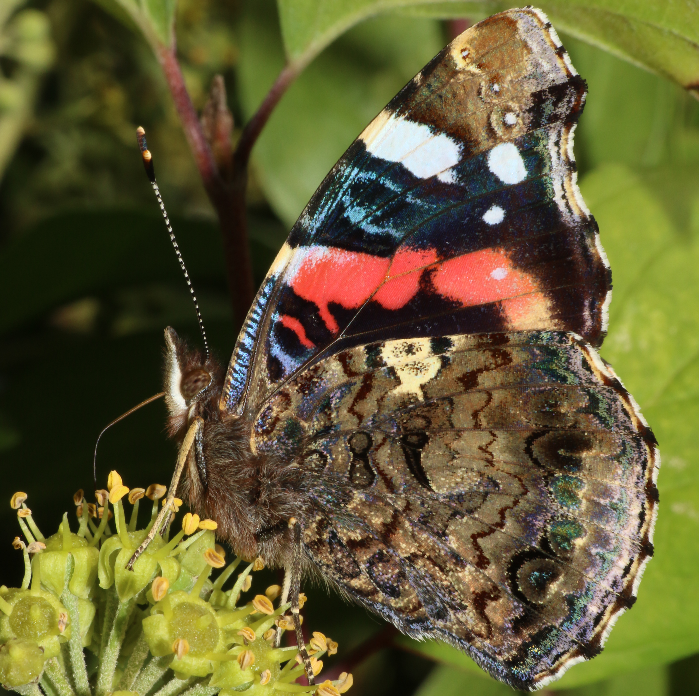

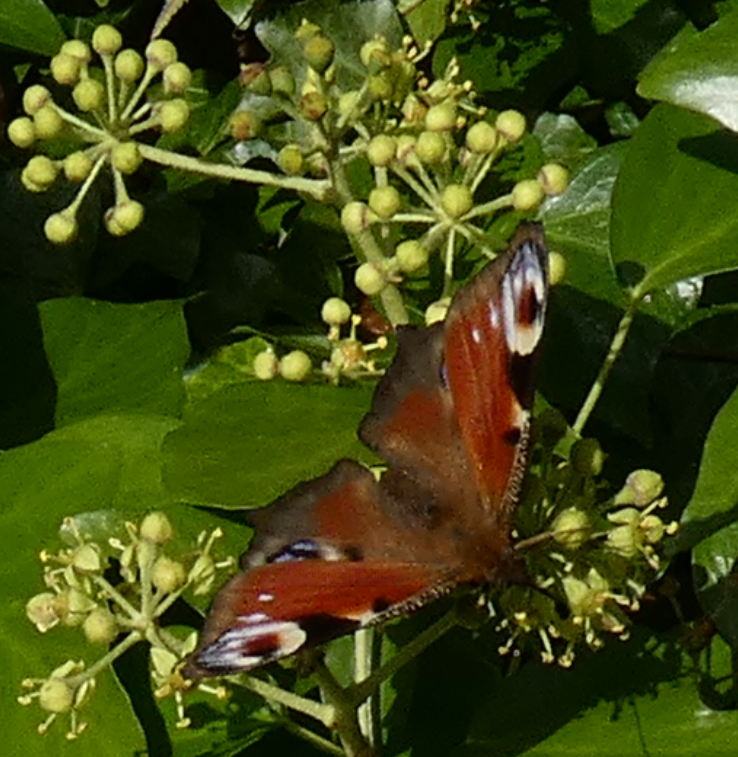
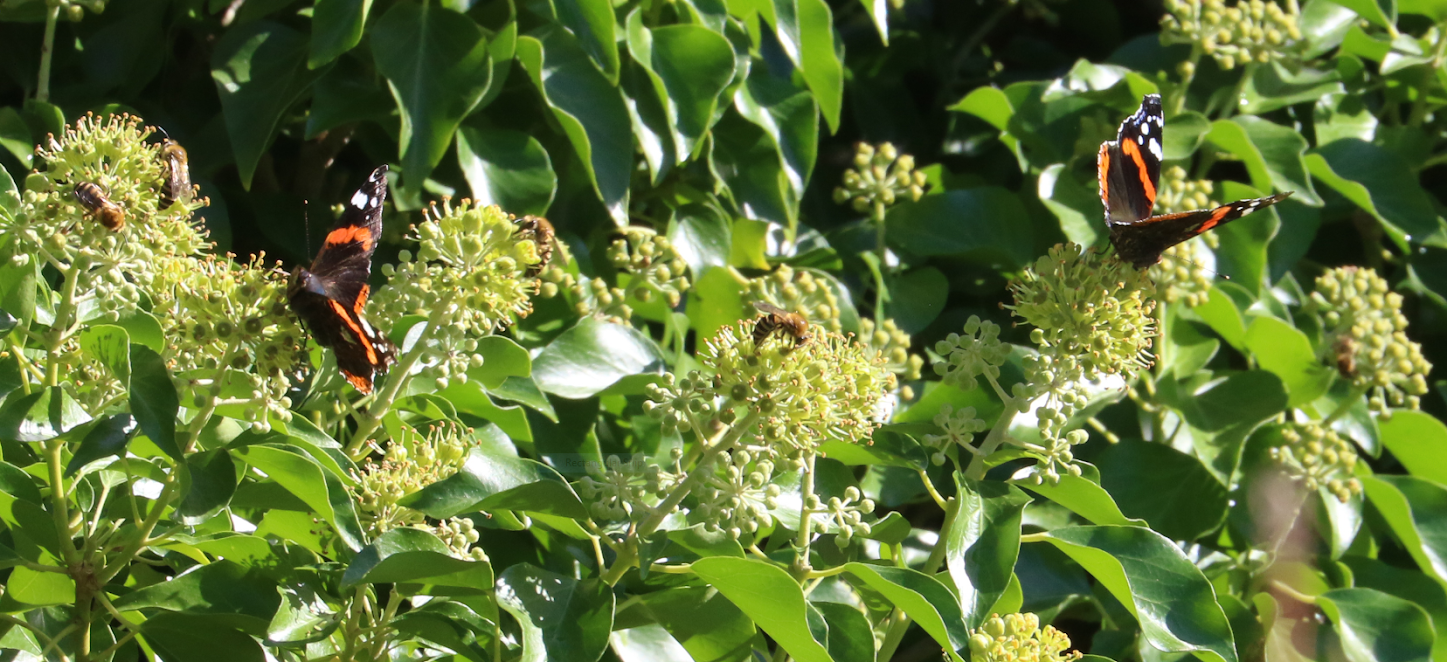
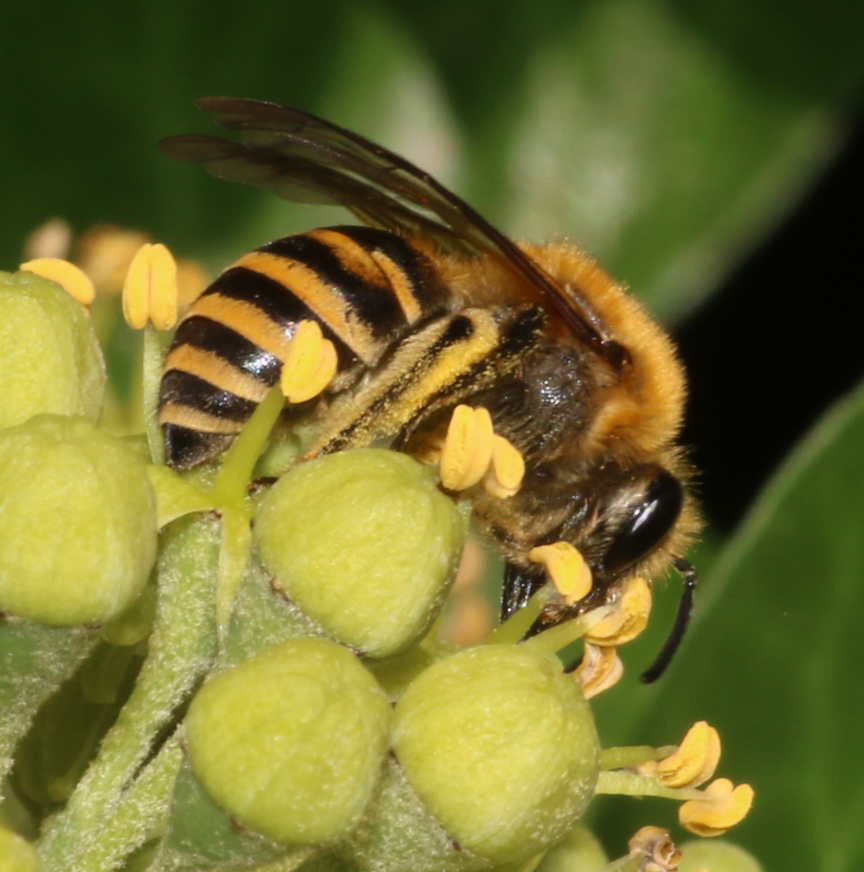

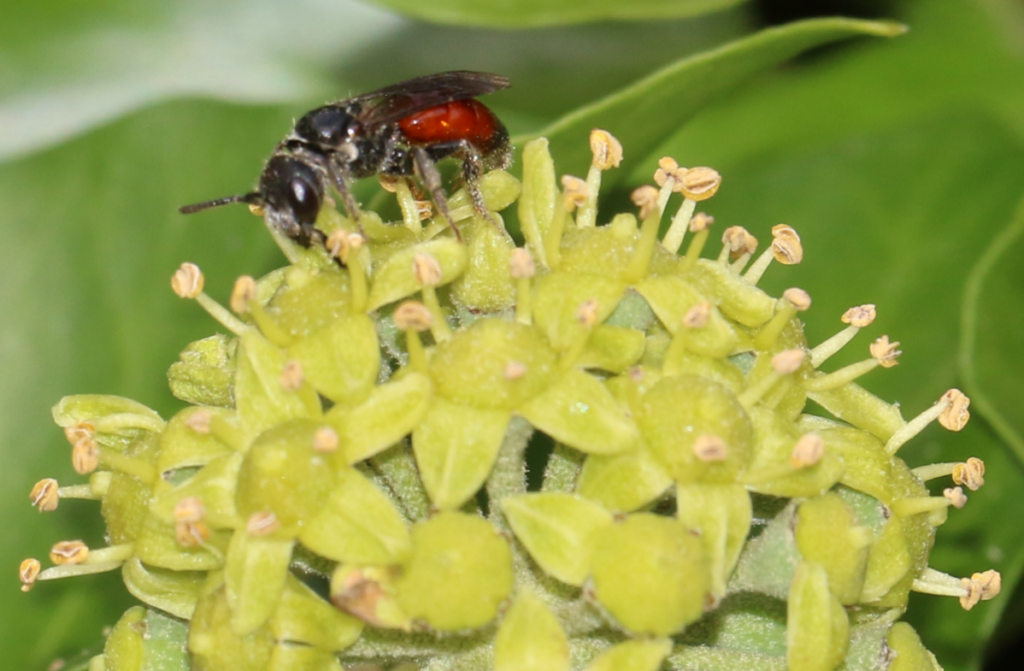




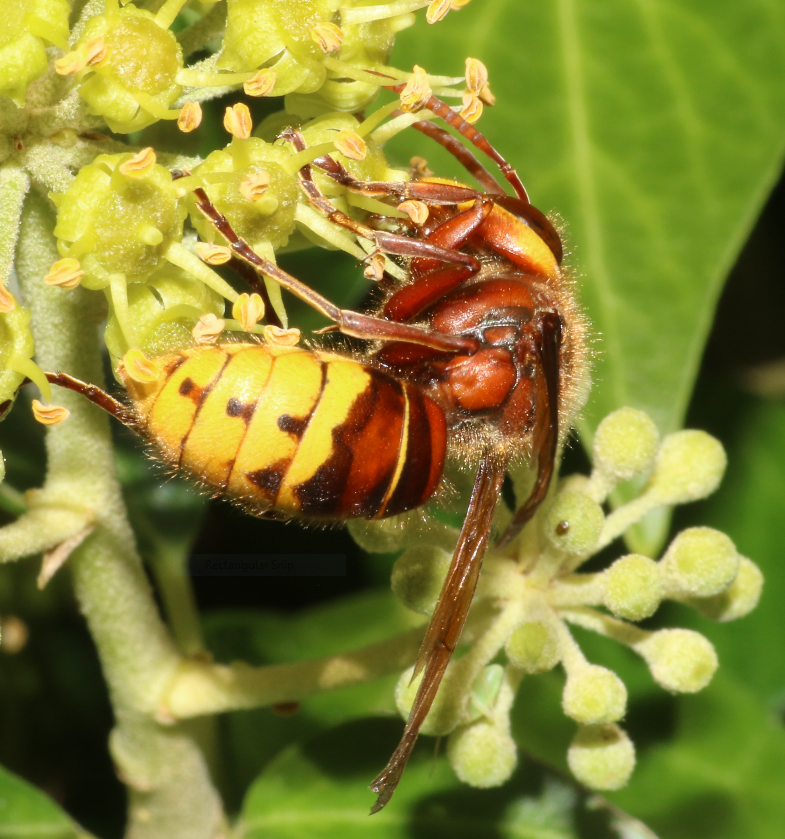
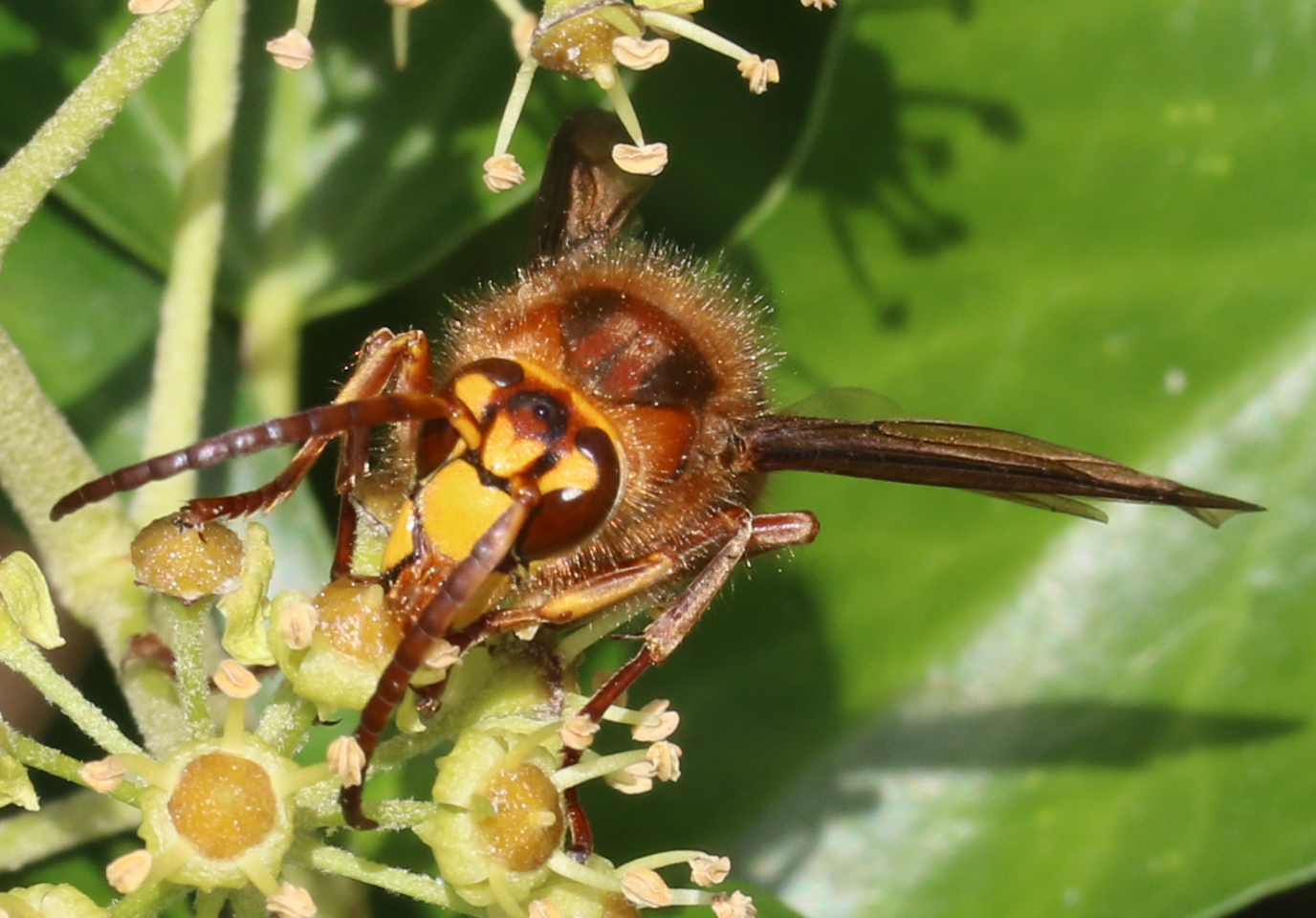










Recent Comments